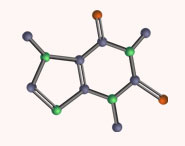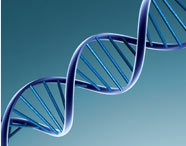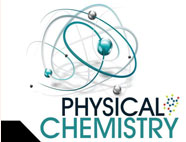


 علم الكيمياء
علم الكيمياء 
 الكيمياء التحليلية
الكيمياء التحليلية 
 الكيمياء الحياتية
الكيمياء الحياتية 
 الكيمياء العضوية
الكيمياء العضوية 
 الكيمياء الفيزيائية
الكيمياء الفيزيائية
 الكيمياء اللاعضوية
الكيمياء اللاعضوية 
 مواضيع اخرى في الكيمياء
مواضيع اخرى في الكيمياء
 الكيمياء الصناعية
الكيمياء الصناعية | Mass spectrometry by chemical ionization, electrospray, or other methods |
|
|
|
أقرأ أيضاً
التاريخ: 29-7-2018
التاريخ: 22-10-2020
التاريخ: 27-12-2016
التاريخ: 9-3-2018
|
A problem with EI mass spectrometry is that, for fragile molecules, the energy of the bom-barding electron can be sufficient to cause it to fragment completely, losing all trace of the molecular ion. Some useful information can be gained from fragmentation patterns, but in general it is more useful to aim to weigh the molecule all in one piece. This can be achieved using any of a number of other techniques, of which the most common are chemical ionization (CI) and electrospray (ES). Chemical ionization is achieved by mixing a gas such as ammonia with the substrate in the spectrometer. Bombardment of NH3 with electrons leads to formation of some NH4 + by proton transfer, and reaction of this ion with the substrate makes a charged complex, which can be accelerated by the electric fi eld. The masses observed by chemical ionization spectroscopy carried out in this way are usually M + 1 or M + 18 (the mass of NH4+) relative to the mass of the substrate. With electrospray mass spectroscopy, an aerosol of the substrate is ionized, and ionization in the presence of sodium ions means that masses of M + 1 and M + 23 are often seen, or, if the ionization forms anions, M – 1. This is the electrospray mass spectrum of heptan-2-one. Notice how a single molecular ion is clearly visible this time, but that it has a mass of 137, which is 23 more than the mass of 114 (in other words, this is the mass of M + Na+).



|
|
|
|
حقن الذهب في العين.. تقنية جديدة للحفاظ على البصر ؟!
|
|
|
|
|
|
|
علي بابا تطلق نماذج "Qwen" الجديدة في أحدث اختراق صيني لمجال الذكاء الاصطناعي مفتوح المصدر
|
|
|
|
|
|
|
ضمن برنامج تأهيل المنتسبين الجدد قسم الشؤون الدينية يقدم محاضرات فقهية وعقائدية لنحو 130 منتسبًا
|
|
|